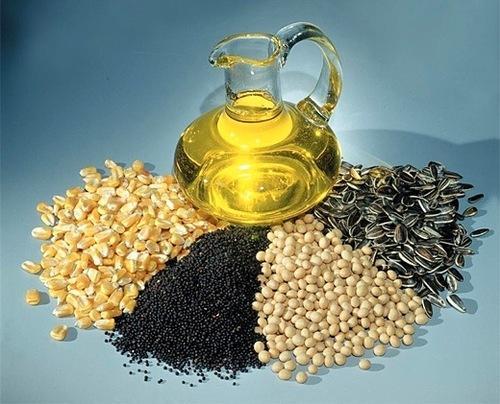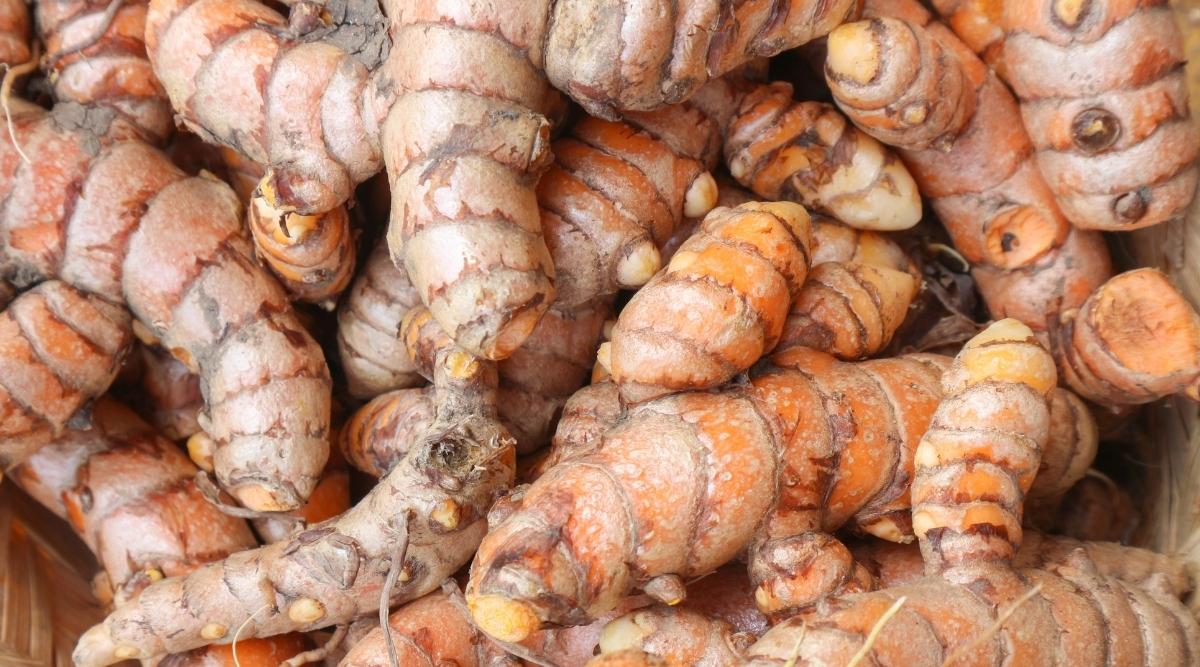Following a drop in kharif production, the price of rice has increased by more than 8% since January, the Union government informed the Rajya Sabha today. The Union Minister of Agriculture and Farmers Welfare, Narendra Singh Tomar, responded to a question in the Rajya Sabha on Friday by stating that due to insufficient rainfall in some rice-growing States like Uttar Pradesh, Bihar, Jharkhand, and West Bengal, rice production is likely to be lower than it was last year. The monthly average wholesale price of rice grew by 8.81% to $3,999 per quintal in November (provisional) from $3,675 per quintal in January.
He said that the government has periodically taken a variety of actions to increase domestic supply and stabilize the pricing of important food items, such as rice, so that they are available to all Indian consumers at reasonable costs. In response to a different question, Tomar stated that the government aims to encourage the use of heat-resistant wheat varieties among the farmers through public and private partnerships and providing seed directly to the farmers. As of October 1, the government had 204.67 lakh tones (lt) of rice stock in the Central pool compared to stocking norms of 102.50 lt.
The Minister said that DBW 187 and DBW 222 have been shown to be superior over HD-3086 in terms of heat tolerance when asked if numerous heat-tolerant wheat varieties, such as PBW 803, DBW 187, and DBW 222, can endure high temperatures and generate normal yields. The cultivars DBW 187 and DBW 222 demonstrated heat tolerance over the crop seasons 2021–2022, increasing yields by 3.6% and 5.4%, respectively, above HD–3086. He said that the Punjab Agricultural University in Ludhiana’s cultivar PBW 803 is suited for timely irrigation, resistant to brown rust, and only moderately resistant to stripe rust.

